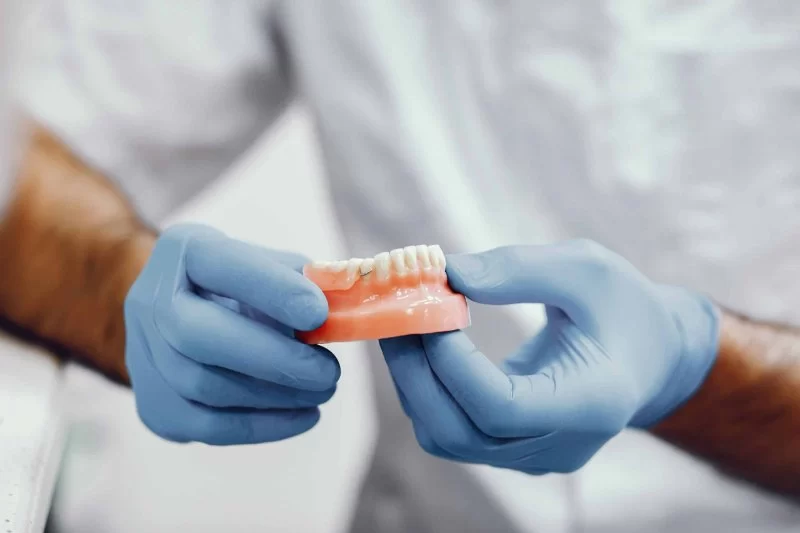
- 1 - Understanding Dental Bridges and Their Importance
- 2 - Immediate After-Surgery Care for Dental Bridges
- 3 - Managing Pain and Swelling Effectively
- 4 - Oral Hygiene After Dental Bridge Surgery
- 5 - Diet and Healing Tips for Faster Recovery
- 6 - Long-Term Care for Dental Bridges
- 7 - Real Patient Story: How Consistent Aftercare Made a Difference
- 8 - Common Mistakes to Avoid During Recovery
- 9 - Professional Guidance from Family Dentistry Online
1. Understanding Dental Bridges and Their Importance
Dental bridges are a durable and aesthetic solution for replacing missing teeth, restoring your ability to chew and speak properly while maintaining facial structure. A bridge typically consists of artificial teeth anchored to neighboring natural teeth or implants. After surgery, learning how to care for dental bridges after surgery recovery is essential to ensure long-term success and avoid complications such as gum irritation or decay around the supporting teeth.
Proper aftercare involves more than just keeping the bridge clean—it includes protecting the healing tissue, managing discomfort, and adopting habits that help the bridge integrate seamlessly. With the right care routine, dental bridges can last more than a decade, offering both functionality and confidence in your smile.
2. Immediate After-Surgery Care for Dental Bridges
The first 48 hours after your dental bridge placement are critical for proper healing. Mild swelling and tenderness are normal, but careful attention can prevent further irritation. Avoid touching the surgical site with your tongue or fingers, and refrain from vigorous rinsing during the first day.
To promote healing, follow these essential steps:
1. Apply a cold compress on your cheek in 15-minute intervals to reduce swelling.2. Take any prescribed pain relievers or anti-inflammatory medication as directed.3. Rest and avoid physical exertion for at least 24 hours.4. Keep your head elevated while sleeping to minimize bleeding and swelling.
By adhering to these early-care steps, you’ll set the foundation for a smooth recovery. Gentle self-care in the first few days is one of the most important parts of successful dental bridge healing.
3. Managing Pain and Swelling Effectively
Discomfort after dental bridge surgery is common, especially as your gums adjust to the new restoration. You can manage swelling naturally by applying ice packs and drinking plenty of water. Avoid hot beverages and spicy foods that could irritate the area.
Some patients find relief by rinsing with a mild saltwater solution after 24 hours. Mix half a teaspoon of salt in a cup of warm water and rinse gently several times a day. This helps clean the area and reduce inflammation. Avoid commercial mouthwashes that contain alcohol, as they can dry out tissues and delay healing.
4. Oral Hygiene After Dental Bridge Surgery
Keeping your mouth clean is crucial to prevent infection and ensure the longevity of your dental bridge. However, brushing and flossing should be done gently, especially near the surgical site. Use a soft-bristled toothbrush to clean your teeth without disturbing the healing area.
For bridges supported by implants or adjacent teeth, special tools like interdental brushes or water flossers can help clean under the bridge where bacteria can accumulate. Family Dentistry Online recommends using fluoride toothpaste to strengthen the supporting teeth and protect against decay.
In the first week, avoid vigorous brushing near the bridge margins. Once healed, you should resume your full oral hygiene routine, ensuring you clean thoroughly under the pontic (the false tooth) to prevent gum inflammation.
5. Diet and Healing Tips for Faster Recovery
Your diet plays a significant role in how quickly your gums and supporting structures heal. For the first few days, stick to soft foods such as yogurt, oatmeal, scrambled eggs, or mashed potatoes. Avoid hard, crunchy, or sticky foods that might dislodge the bridge or strain the healing gums.
As healing progresses, gradually reintroduce firmer foods. Nutrient-rich foods high in vitamin C, calcium, and protein can accelerate tissue repair and strengthen surrounding teeth. Staying hydrated is also essential to maintain a healthy mouth environment and promote faster recovery.
Many patients at Family Dentistry Online find that keeping a balanced diet not only improves recovery but also supports long-term oral health after dental bridge placement.
6. Long-Term Care for Dental Bridges
After the initial recovery period, caring for your dental bridge becomes part of your daily oral routine. Regular brushing, flossing, and professional cleanings are vital for keeping the bridge and surrounding teeth healthy. Avoid habits like chewing ice or using your teeth as tools, which can damage both natural teeth and bridges.
Smoking and poor diet can also shorten the lifespan of a dental bridge. Maintaining good gum health is particularly important, as gum disease is one of the most common causes of bridge failure. Schedule regular check-ups with your dentist to monitor your bridge’s condition and catch early signs of potential issues.
7. Real Patient Story: How Consistent Aftercare Made a Difference
Jessica, a 38-year-old patient from Texas, received her first dental bridge after losing two molars. At first, she felt nervous about the recovery process, but by following her dentist’s aftercare advice, her experience was smooth. She maintained soft foods for the first week, used saltwater rinses daily, and kept a meticulous brushing routine. Within two weeks, her gums had fully adapted to the new bridge, and her confidence was restored.
She later shared how the professional support from Family Dentistry Online helped her maintain excellent oral health long after surgery. Her case demonstrates how attentive care and discipline lead to outstanding, long-lasting results.
8. Common Mistakes to Avoid During Recovery
Even small mistakes during recovery can lead to complications. Avoid eating hard foods too soon, brushing aggressively, or skipping follow-up appointments. These actions can cause irritation or dislodge your bridge. Another common error is neglecting the area beneath the bridge, where plaque and bacteria can build up unnoticed.
Additionally, some patients make the mistake of ignoring mild discomfort, assuming it’s normal. Persistent pain or gum bleeding could indicate infection or poor fit—issues that require prompt attention from your dental provider.
9. Professional Guidance from Family Dentistry Online
Proper care after dental bridge surgery ensures your restoration remains stable, functional, and beautiful for years to come. At Family Dentistry Online, patients receive customized care plans and expert advice tailored to their recovery needs. From follow-up appointments to long-term hygiene strategies, professional guidance makes all the difference.
If you’ve recently undergone bridge surgery or are considering it, investing in proper aftercare is the key to a healthy, lasting smile. With attention, patience, and expert support, you can enjoy a seamless recovery and renewed confidence in your dental health.

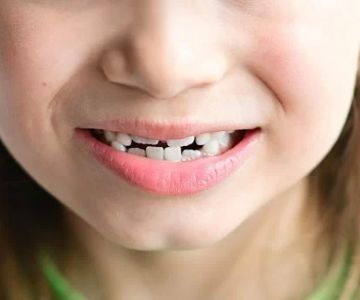
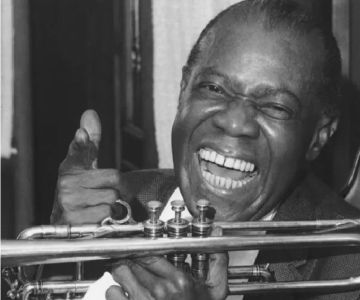



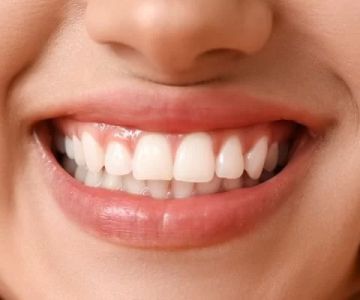
 Gentle Dental Clackamas Town Center4.0 (167 review)
Gentle Dental Clackamas Town Center4.0 (167 review) Dr. Matrullo & Associates4.0 (93 review)
Dr. Matrullo & Associates4.0 (93 review) Eagles Landing Dental Care4.0 (194 review)
Eagles Landing Dental Care4.0 (194 review) Gordon Orthodontics5.0 (16 review)
Gordon Orthodontics5.0 (16 review) Small World Dental - Pediatric Dentist and Orthodontist4.0 (1469 review)
Small World Dental - Pediatric Dentist and Orthodontist4.0 (1469 review)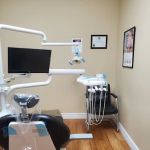 Densley Dental4.0 (260 review)
Densley Dental4.0 (260 review) The Importance of Oral Health Education During Pregnancy for a Healthy Pregnancy
The Importance of Oral Health Education During Pregnancy for a Healthy Pregnancy Best Tips for Brushing Your Teeth Properly for Healthy Gums: Essential Techniques for Oral Health
Best Tips for Brushing Your Teeth Properly for Healthy Gums: Essential Techniques for Oral Health Why Skipping Dental Checkups Can Lead to Bigger Oral Health Problems
Why Skipping Dental Checkups Can Lead to Bigger Oral Health Problems Advantages of Porcelain Dental Restorations
Advantages of Porcelain Dental Restorations How Can Diabetes Cause Tooth and Gum Problems? Preventing and Managing Oral Health Issues
How Can Diabetes Cause Tooth and Gum Problems? Preventing and Managing Oral Health Issues Healthy Habits for Promoting Good Oral Health and Hygiene: Tips for a Healthy Smile
Healthy Habits for Promoting Good Oral Health and Hygiene: Tips for a Healthy Smile